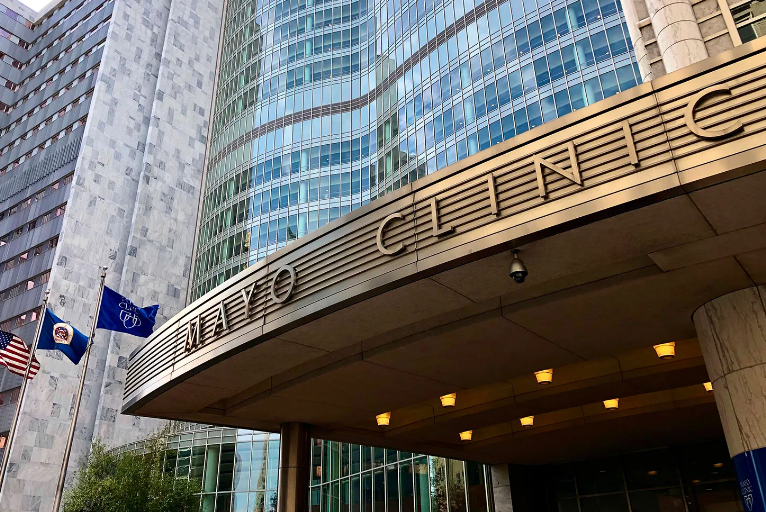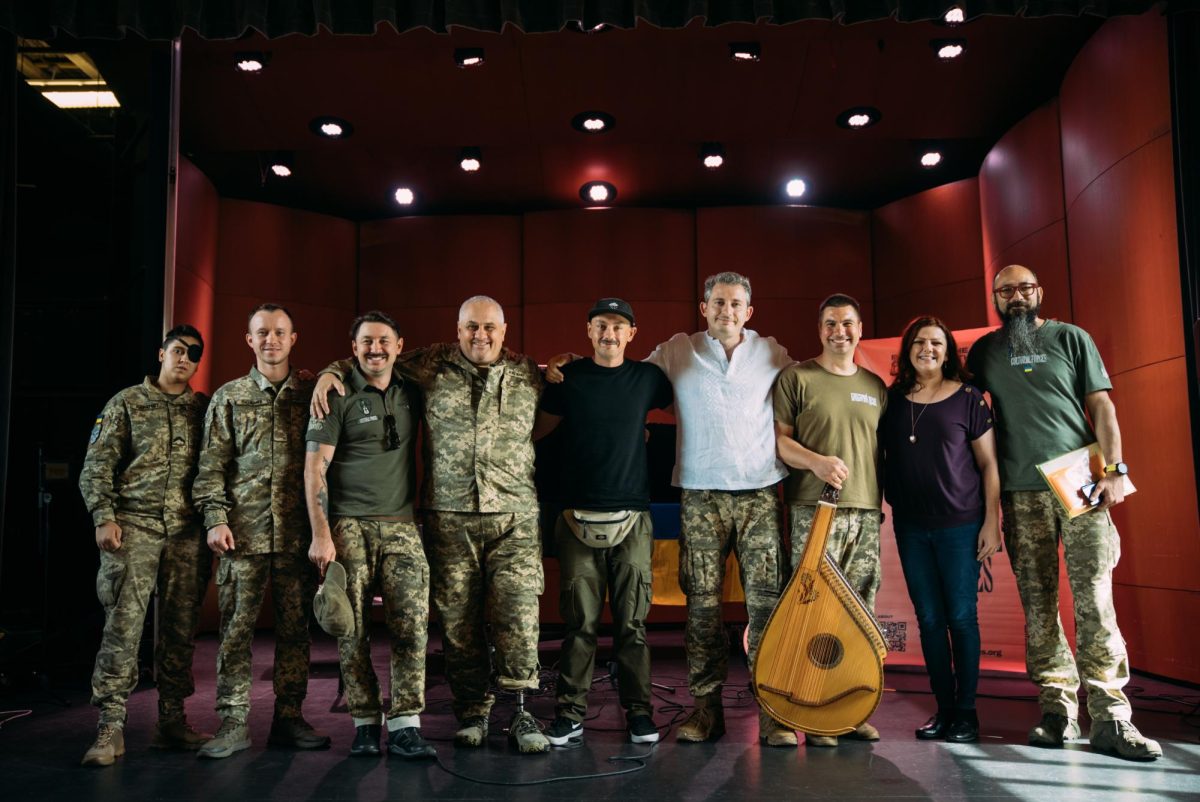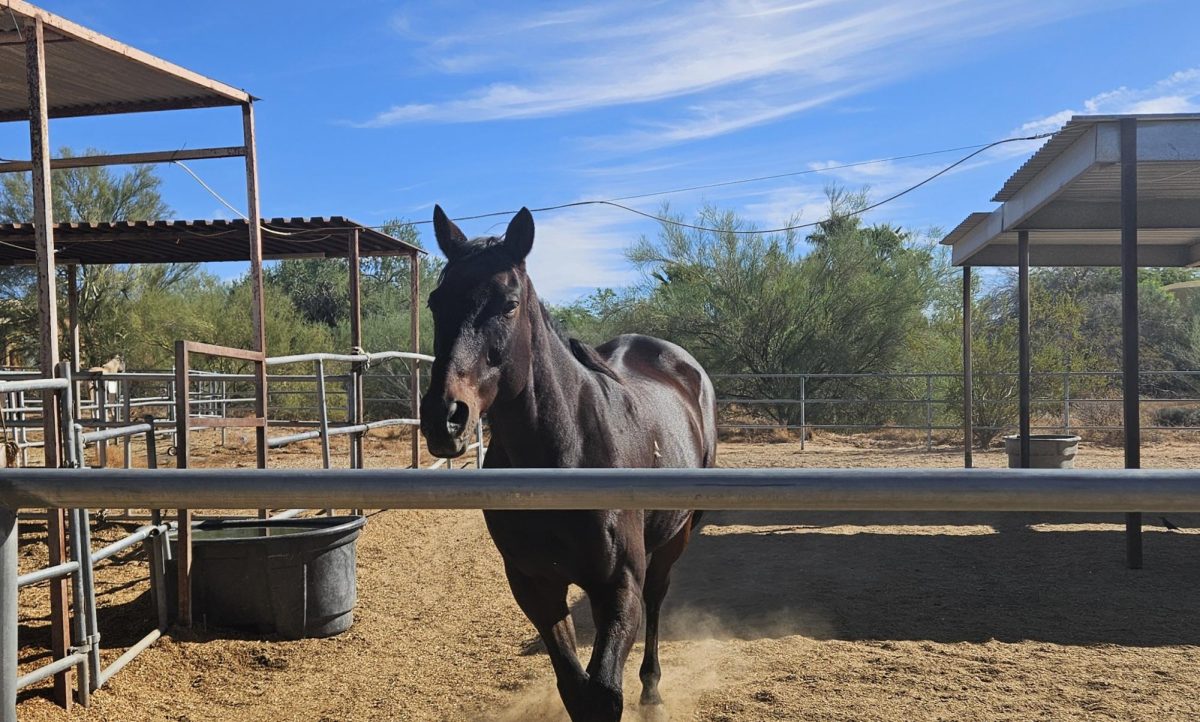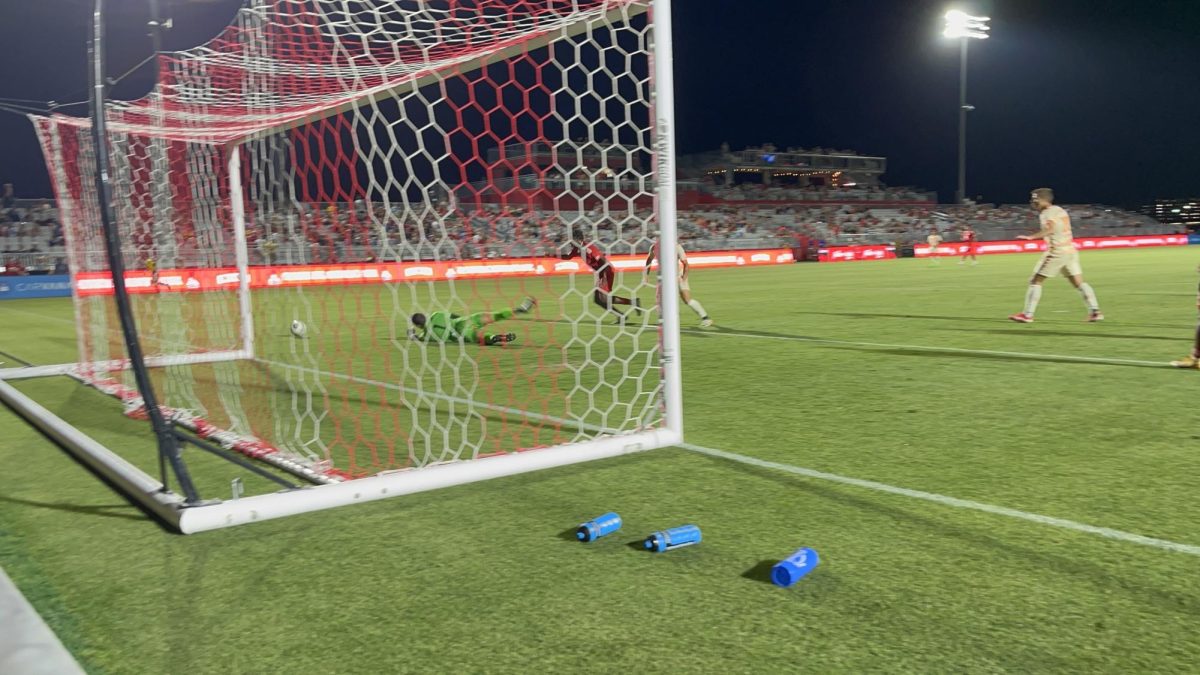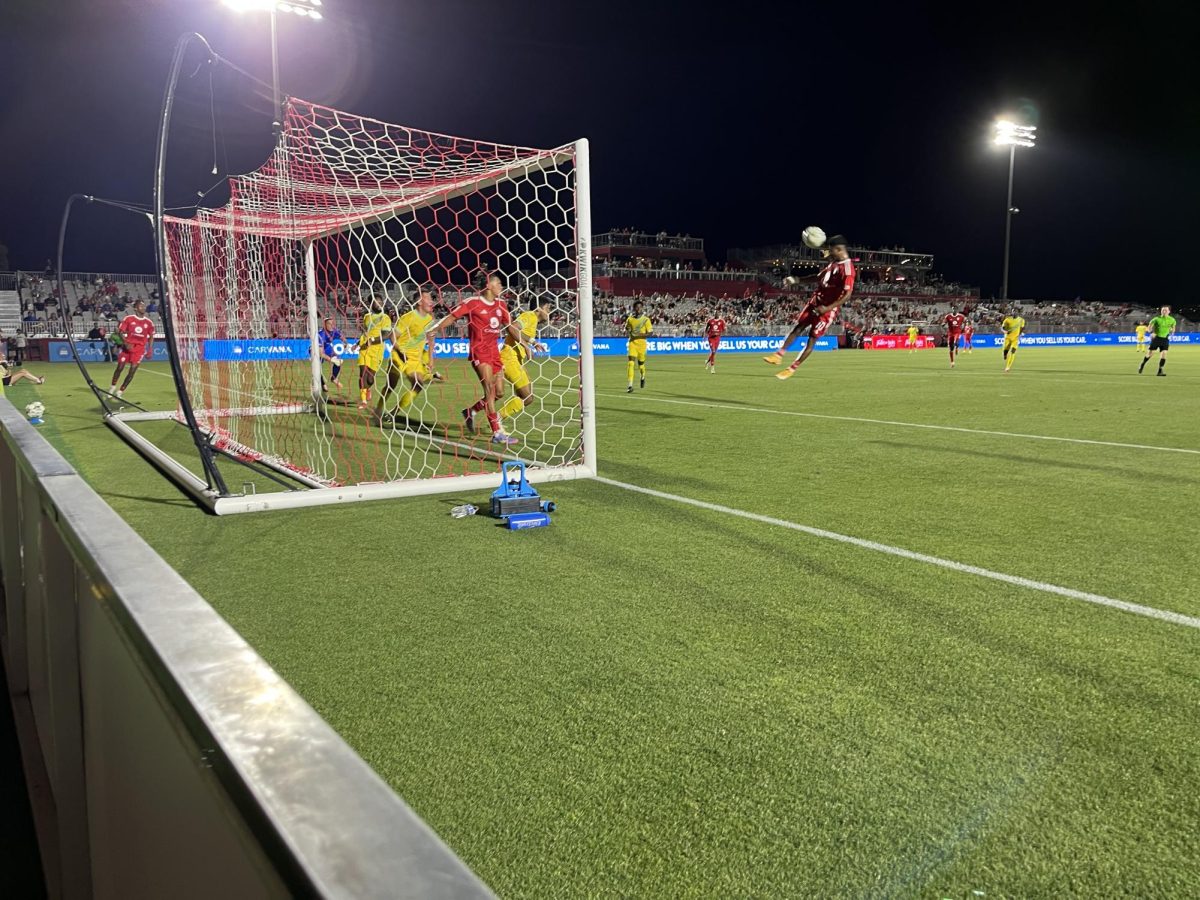Mayo Clinic’s Regenerative Neurosurgery and Neuro-Oncology Lab, led by the visionary Dr. Terry C. Burns, stands at the forefront of groundbreaking initiatives poised to revolutionize neurological care.
Functioning as a dynamic hub that integrates with the Mayo Clinic and establishes collaborative ties with institutions worldwide, the lab is committed to accelerating the advancement, robust assessment, and seamless translation of regenerative therapies.
Under the leadership of Dr. Terence (Terry) C. Burns, M.D., Ph.D., the research team is pioneering regenerative strategies with a singular focus: optimizing neurological function and enhancing the quality of life for patients grappling with brain tumors, neurological injuries, and neurodegenerative diseases.
The innovative work signifies a commitment to pushing the boundaries of medical science, offering hope and tangible solutions for those facing challenges in the realm of neurology.
Currently, numerous therapies undergo the process of development and testing in mice before advancing to human clinical trials.
Unfortunately, a significant number of promising treatments crafted for rodent models of conditions like Alzheimer’s disease, stroke, traumatic brain injury, and spinal cord injury face challenges when transitioning to human trials.
Burns’ recent research sheds light on a crucial insight: the molecular mechanisms observed in mouse models of neurological disease may significantly differ from those in human patients. Leveraging neurosurgical access to the human brain, Burns and his interdisciplinary team are pioneering a shift.
Their aim—to construct an integrated neuro-regenerative pipeline tailored for human patients grappling with neurological diseases.
Bridging the gap between research and application.
Dr. Burns stated on NCTalks “My lab looks at Neuro-regeneration bridging between Neuro-oncology of brain tumors and neurosurgery as part of treatment for brain tumors we have to give radiation. Turns out that radiation, pretty significant hit to the brain, it’s almost like accelerated aging. So, we are working to understand those processes and how we can minimize cognitive sequel to patients.”
The chasm between neurosurgery and lab is crucial in moving forward with this by having the ability to use humans as opposed to mice in a lab.
“Using humans which typically in the lab we don’t have access to but in the operating room as a surgeon we definitely do have access to human samples and being exposed to radiation in the past that could give us very important clues as to how the aging and degenerative process take place in humans rather in mice,” Burns said.
“My grandfather died in his early fifties from brain cancer and I never really got the chance to know him,” 36- year-old Justin Reynolds told Northeast Valley News, “if there’s early advancements in research that could possibly treat or cure this kind of cancer it would be amazing.”
Mayo Clinic’s Lab, under the leadership of Burns, is transforming patient care and actively reshaping the landscape of neuroscientific research.
It takes a commitment to bridging the gap between laboratory findings and real-world applications to make a significant leap toward more effective and tailored treatments for neurological conditions, offering a beacon of hope for patients and the future of neurology.


